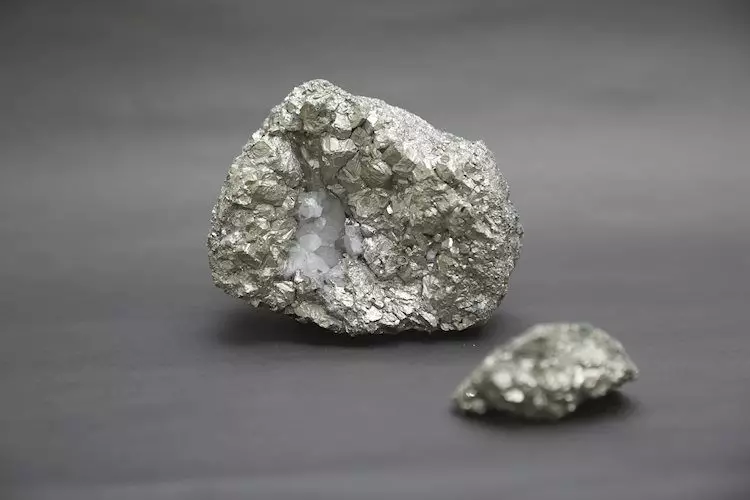Silver prices (XAG/USD) have shown an upward trend on Monday, with the price of Silver trading at $27.39 per troy ounce, reflecting a 0.64% increase from the previous Friday. This increase marks a 7.54% rise since the beginning of the year. Additionally, the Gold/Silver ratio, which indicates the number of troy ounces of Silver needed to equal the value of one troy ounce of Gold, stood at 85.38 on Monday, slightly lower than the ratio of 85.91 on Friday.
There are various factors that contribute to the movement of Silver prices in the market. Geopolitical instability and concerns about a severe economic downturn can cause a surge in Silver prices due to its perceived safe-haven status, albeit to a lesser extent than Gold. The performance of the US Dollar also plays a significant role in determining the price of Silver, as it is priced in dollars (XAG/USD). A strong Dollar tends to suppress Silver prices, while a weaker Dollar is likely to drive prices higher.
Silver is widely utilized in industries such as electronics and solar energy due to its exceptional electrical conductivity, surpassing even Copper and Gold. Fluctuations in demand from these sectors can impact the price of Silver. An increase in demand from industries can lead to higher prices, while a decline may result in lower prices. Furthermore, economic dynamics in countries like the US, China, and India can also influence Silver prices. The industrial sectors of the US and China heavily rely on Silver, whereas in India, consumer demand for Silver jewelry plays a significant role in price determination.
Investors often turn to Silver as a means of diversifying their investment portfolios or as a hedge during periods of high inflation. Silver can be purchased in physical form, such as coins or bars, or traded through Exchange Traded Funds that track its price on international markets. The interplay between investment demand, mining supply (Silver being more abundant than Gold), and recycling rates can affect the price of Silver significantly.
Silver prices tend to follow the movements of Gold prices, given their shared status as safe-haven assets. When Gold prices increase, Silver prices typically rise as well. The Gold/Silver ratio can serve as a tool for investors to assess the relative valuation between the two metals – a high ratio may suggest that Silver is undervalued or Gold is overvalued, while a low ratio could indicate the opposite.
The price of Silver is influenced by a multitude of factors ranging from geopolitical events and economic conditions to industrial demand and investment trends. Understanding these factors and their interplay is crucial for investors looking to navigate the dynamic landscape of the Silver market.


Leave a Reply